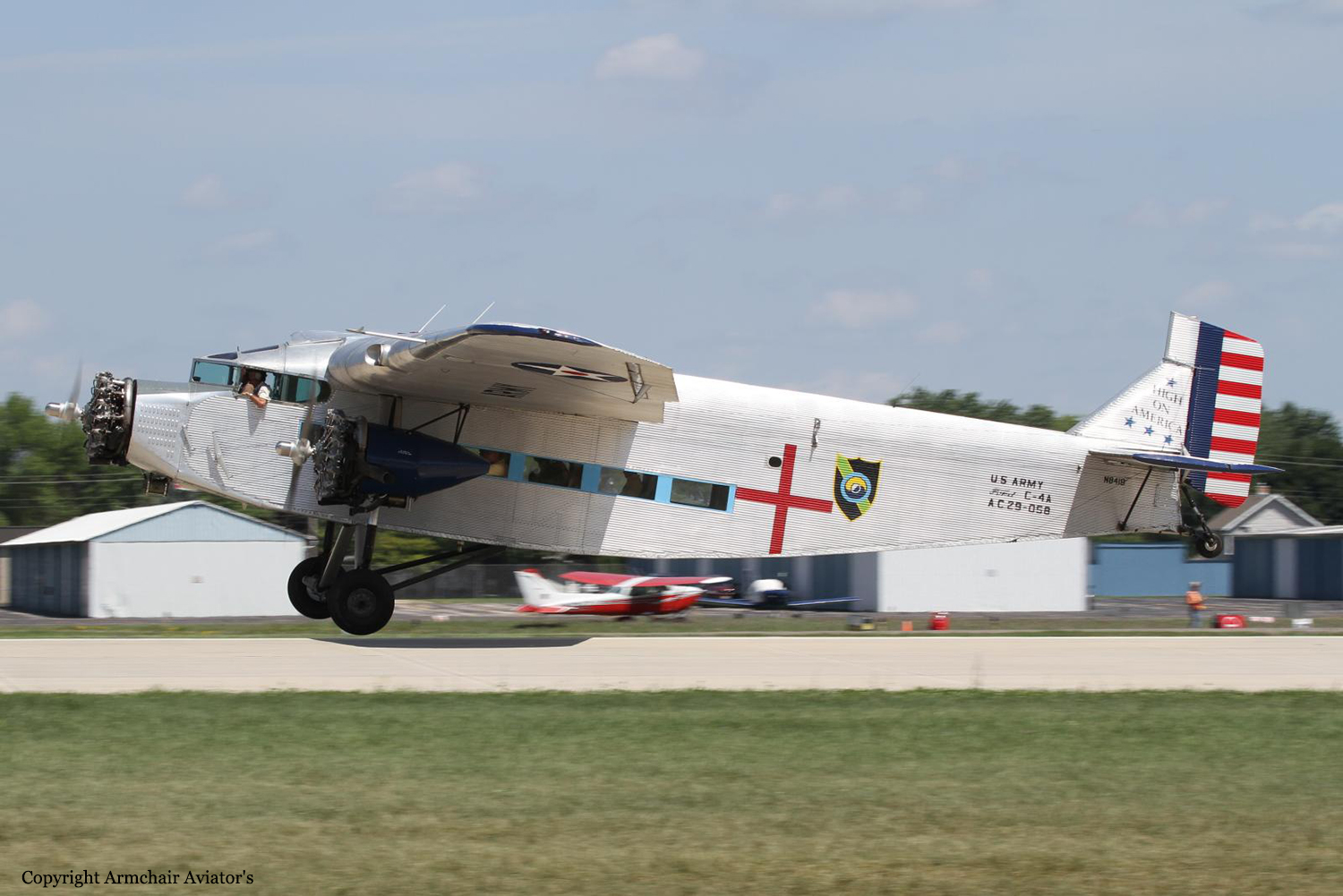Crash of a Beechcraft C18S in Blackfoot
Date & Time:
Apr 20, 1972 at 1700 LT
Registration:
N4289A
Survivors:
Yes
Schedule:
Blackfoot - Blackfoot
MSN:
6492
YOM:
1945
Crew on board:
1
Crew fatalities:
Pax on board:
2
Pax fatalities:
Other fatalities:
Total fatalities:
0
Captain / Total hours on type:
150.00
Circumstances:
Shortly after liftoff from Blackfoot-McCarley Field, while in initial climb, both engines failed simultaneously. The pilot attempted an emergency landing when the airplane belly landed in a field located past the runway end and came to rest. All three occupants were slightly injured and the aircraft was damaged beyond repair.
Probable cause:
Double engine failure after takeoff caused by a fuel starvation. The following factors were reported:
- Inadequate preflight preparation,
- Mismanagement of fuel,
- Failed to use the pre-takeoff checklist,
- Fuel starvation,
- The pilot took off on almost empty tanks.
- Inadequate preflight preparation,
- Mismanagement of fuel,
- Failed to use the pre-takeoff checklist,
- Fuel starvation,
- The pilot took off on almost empty tanks.
Final Report:





